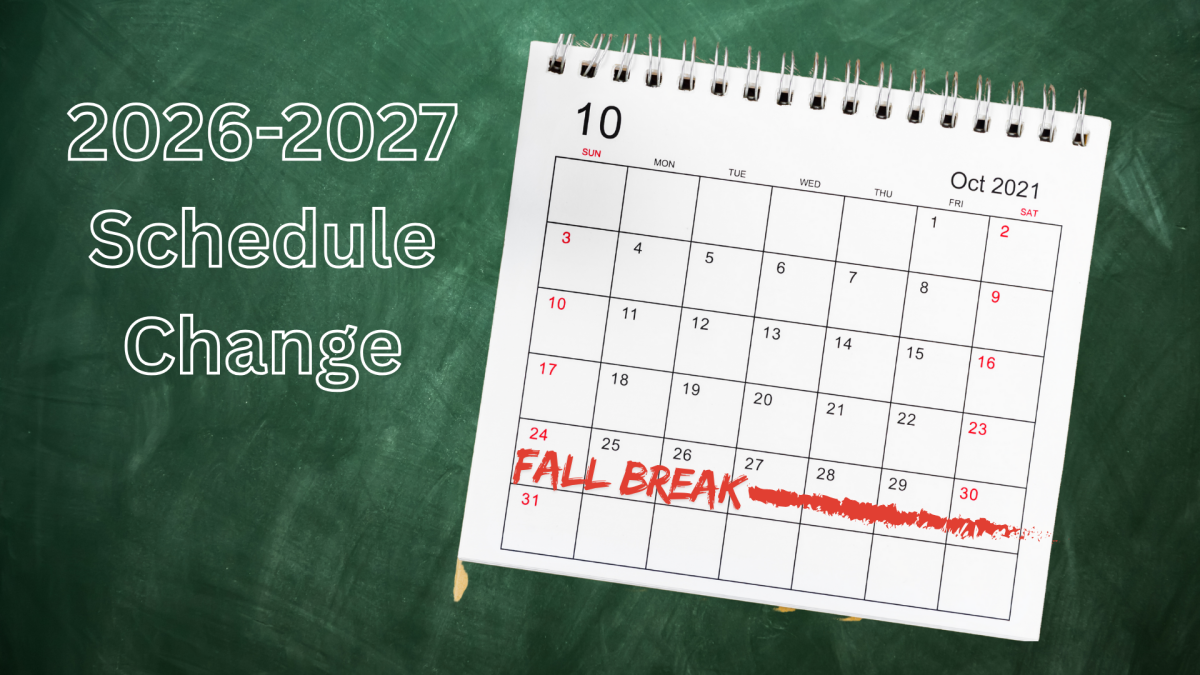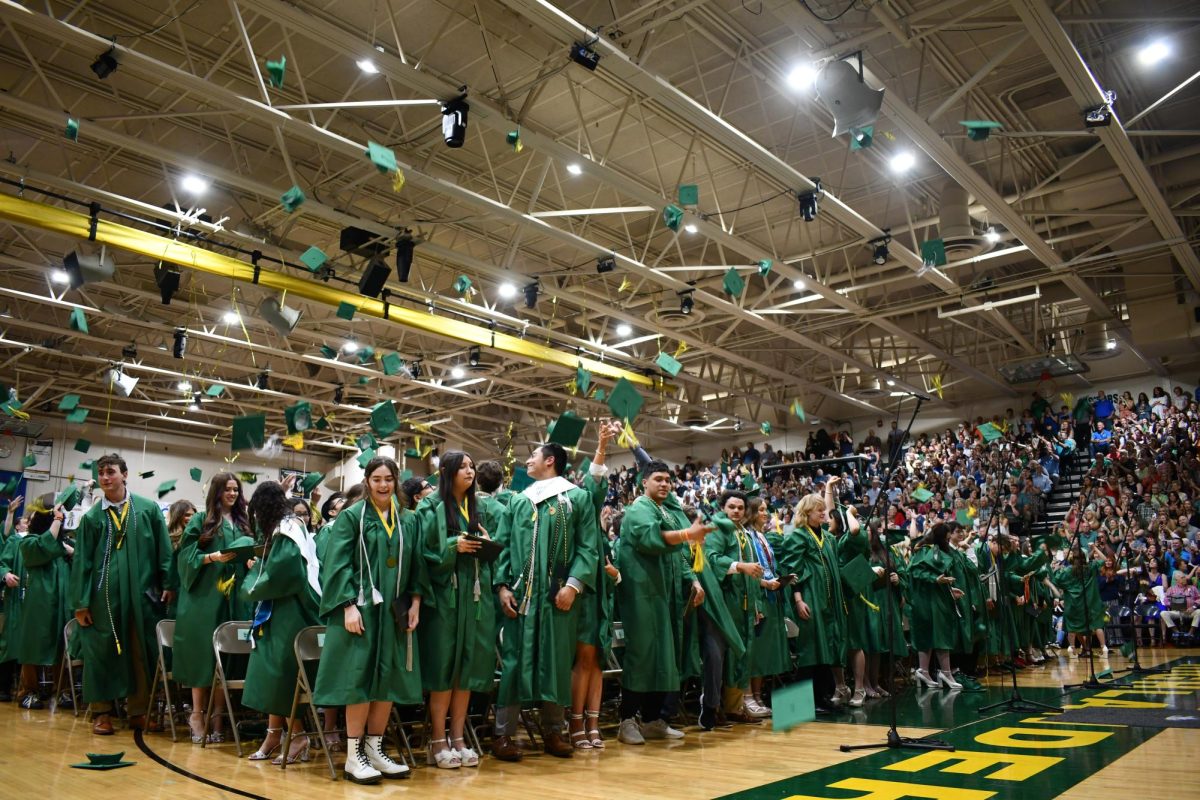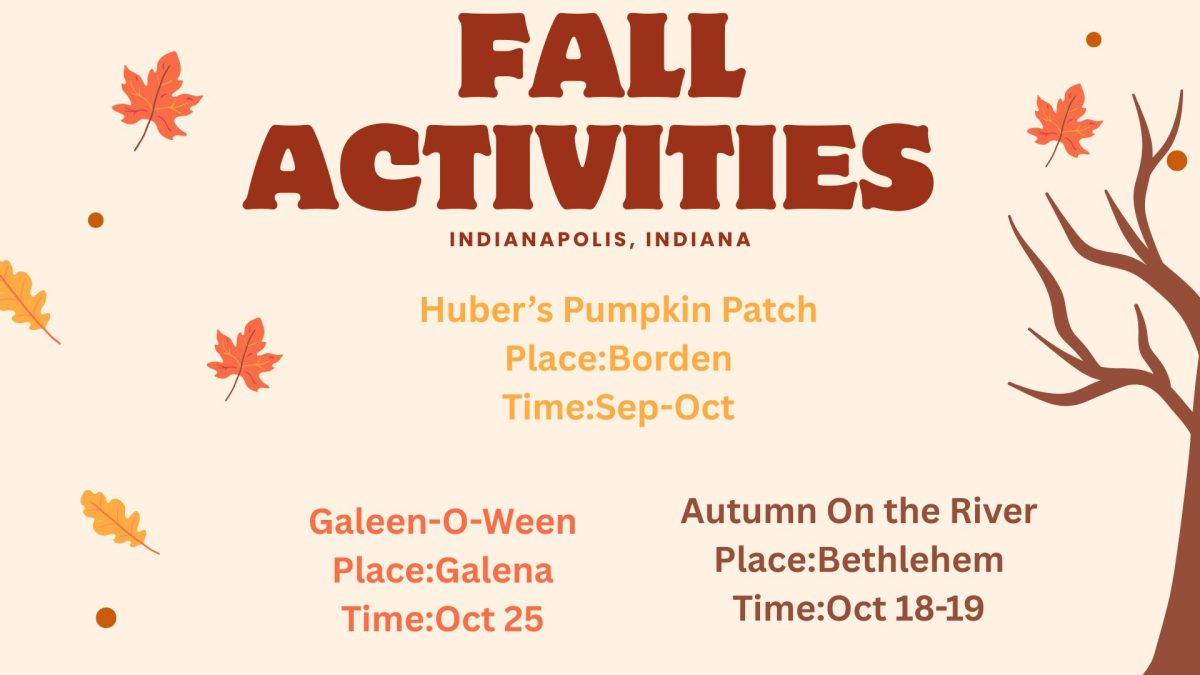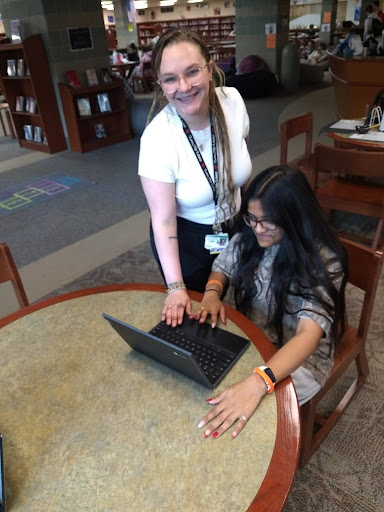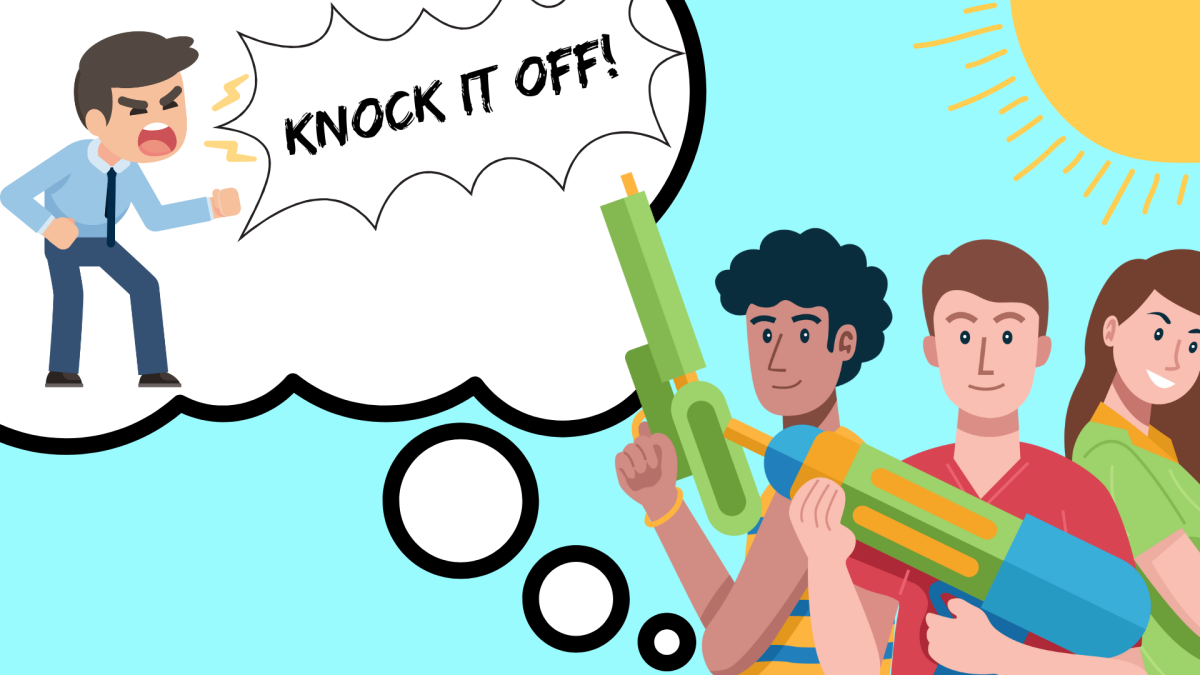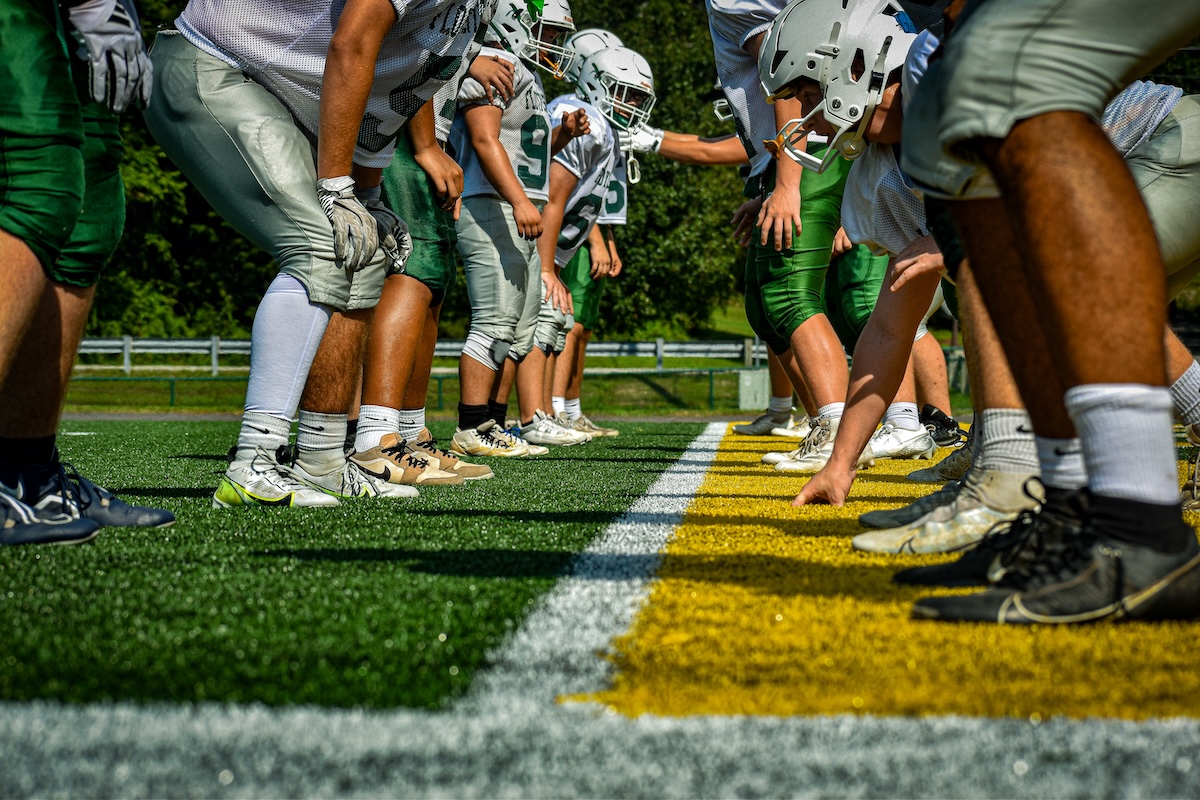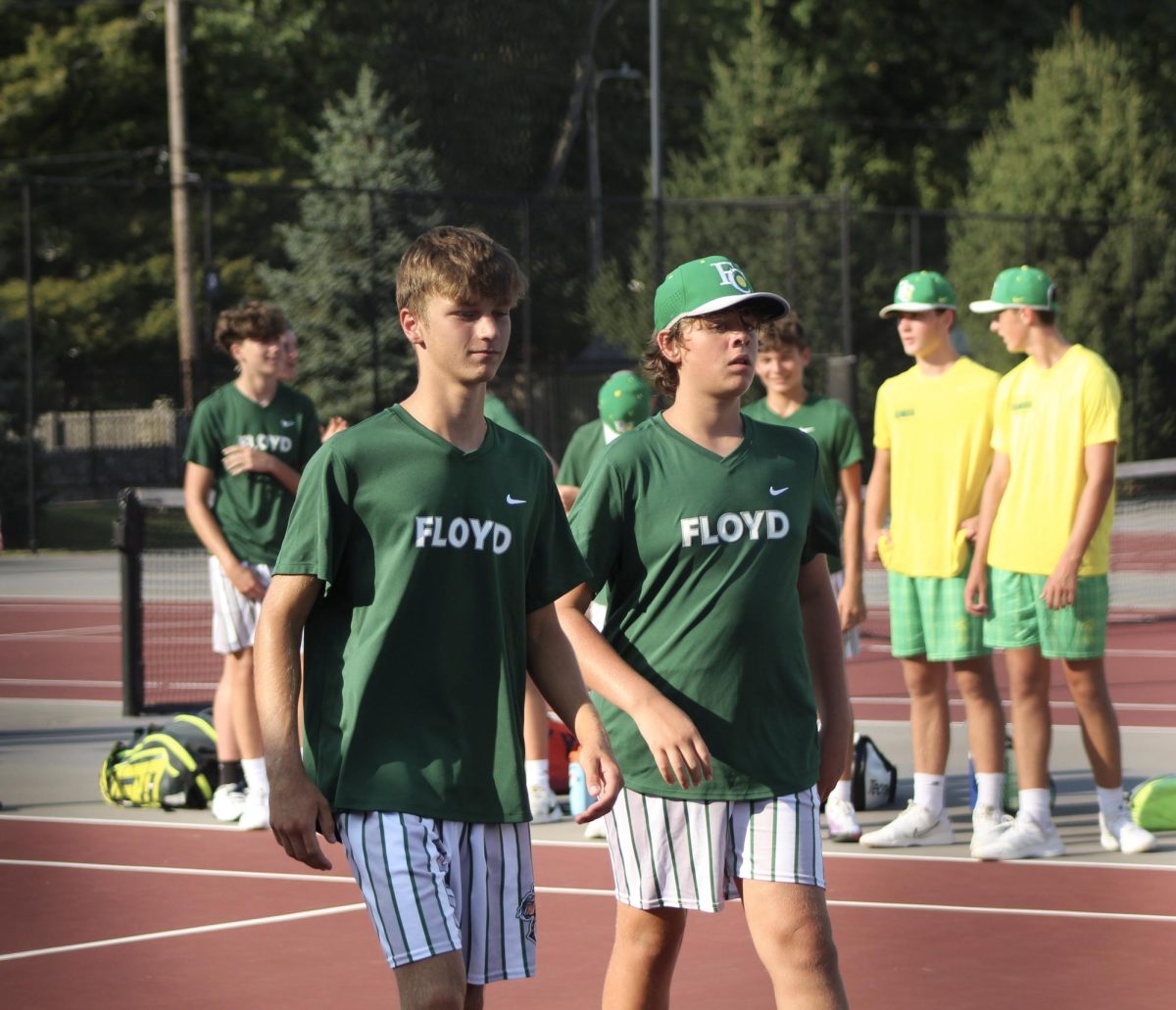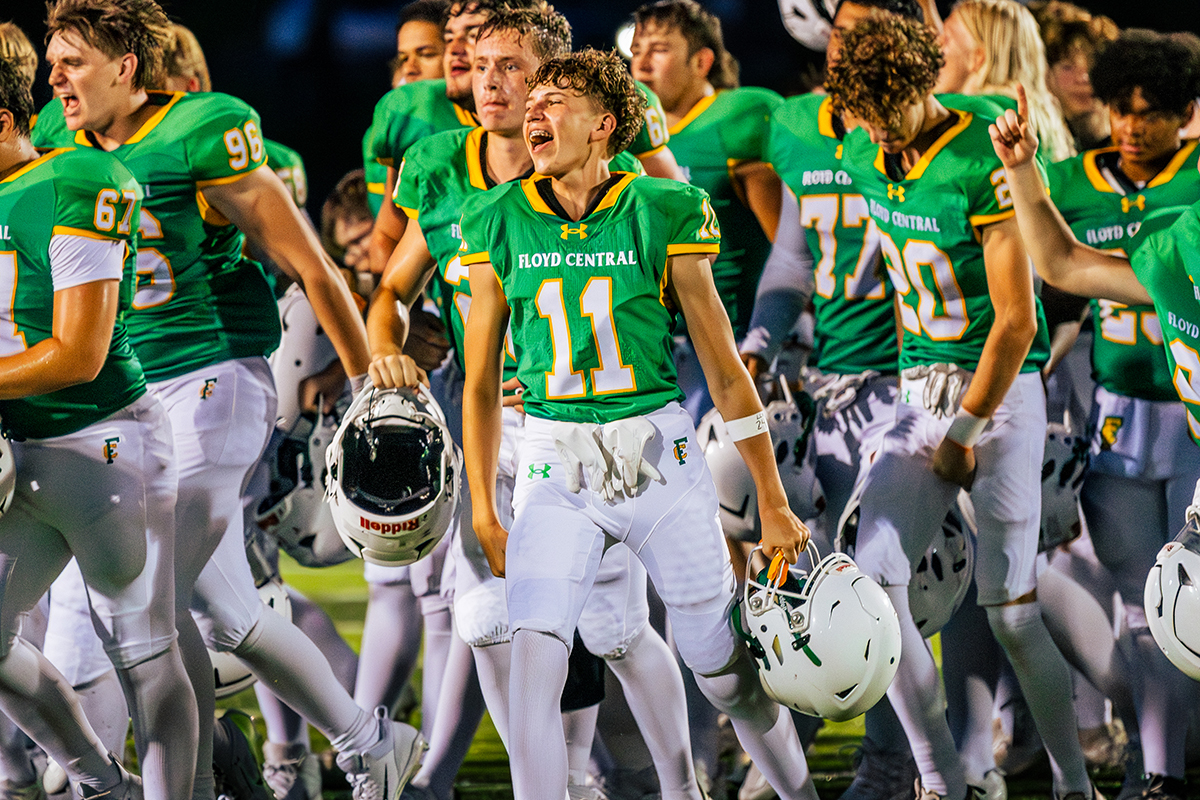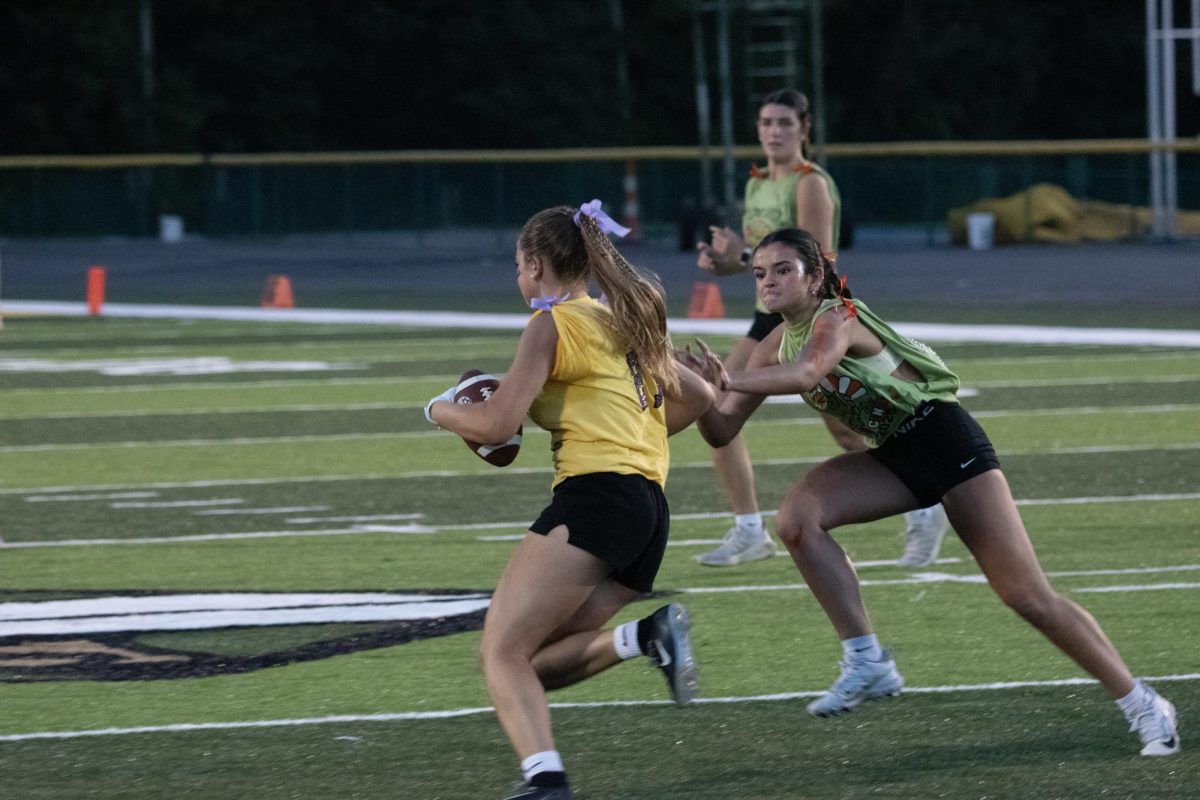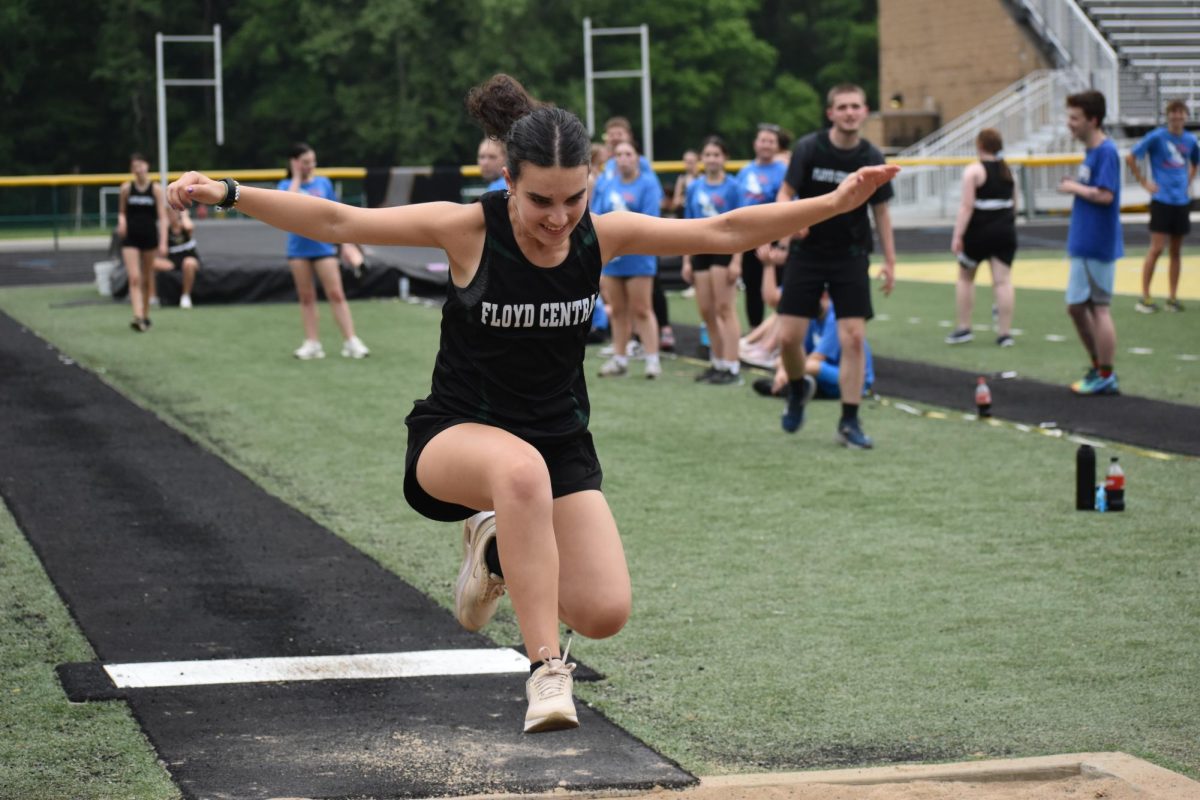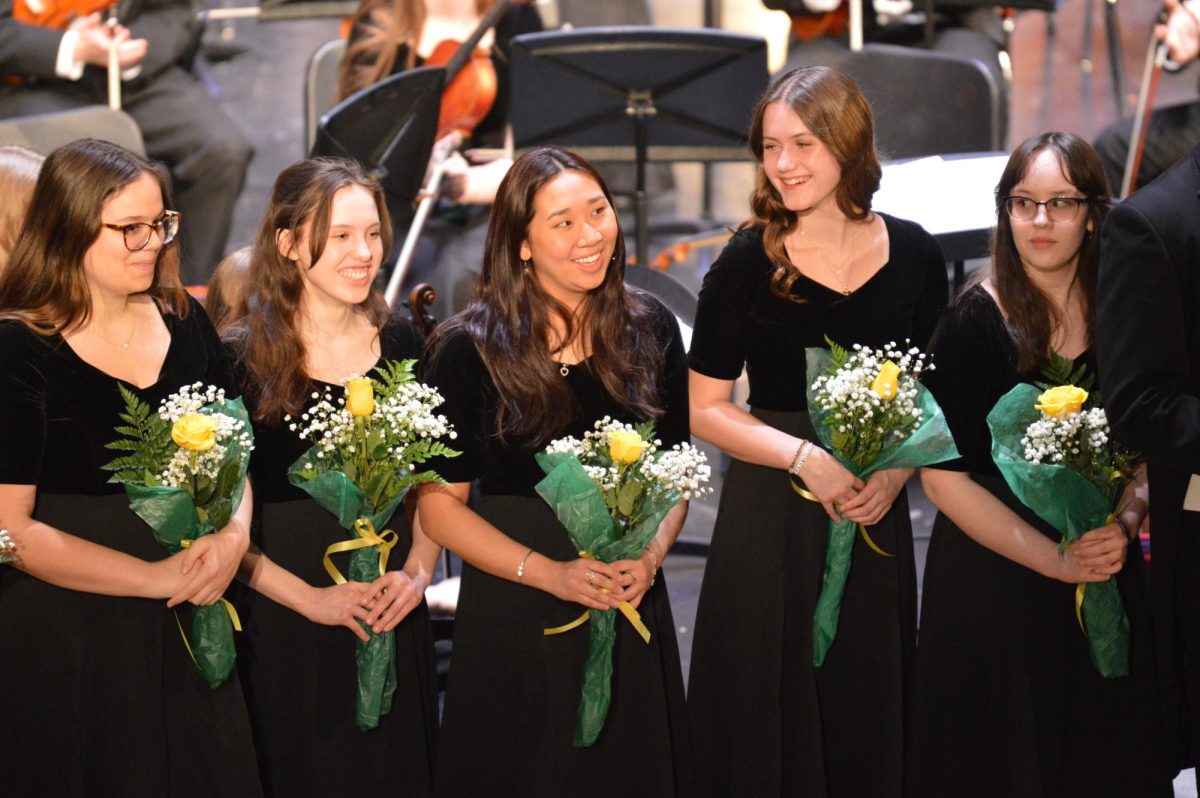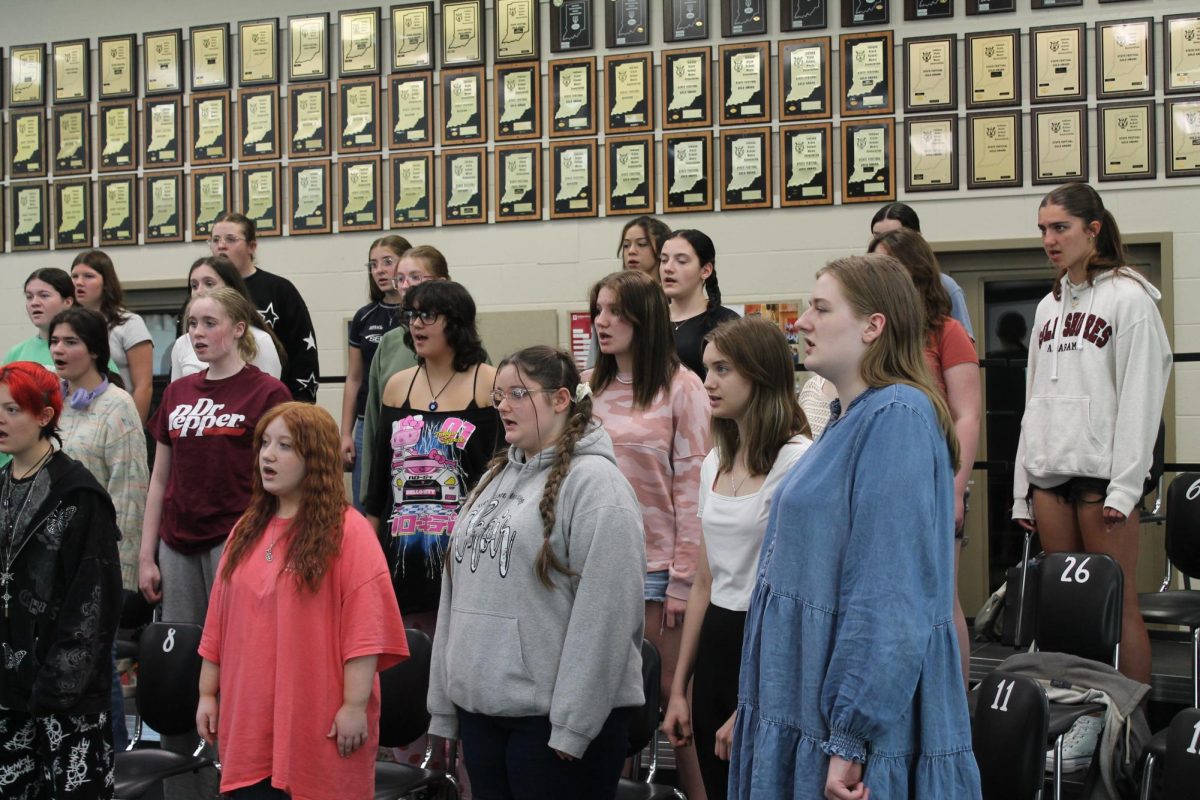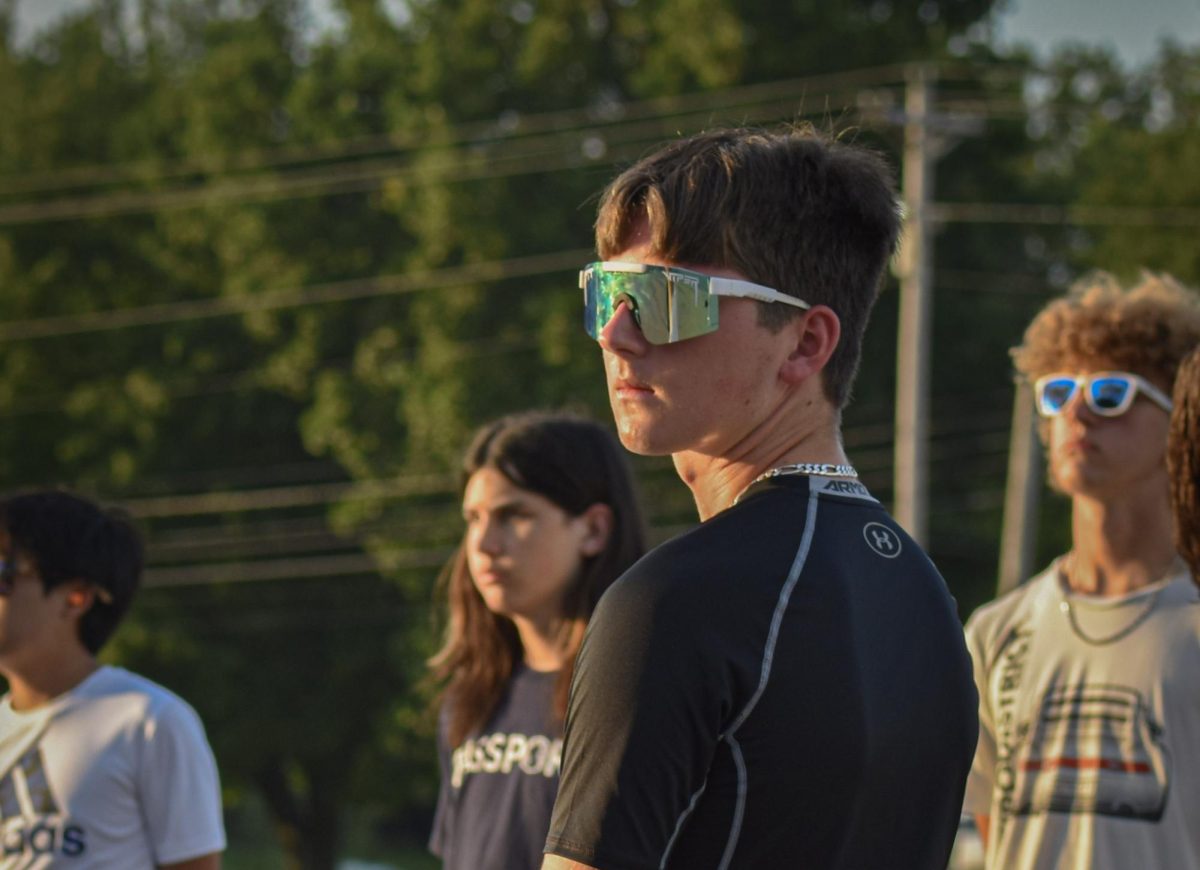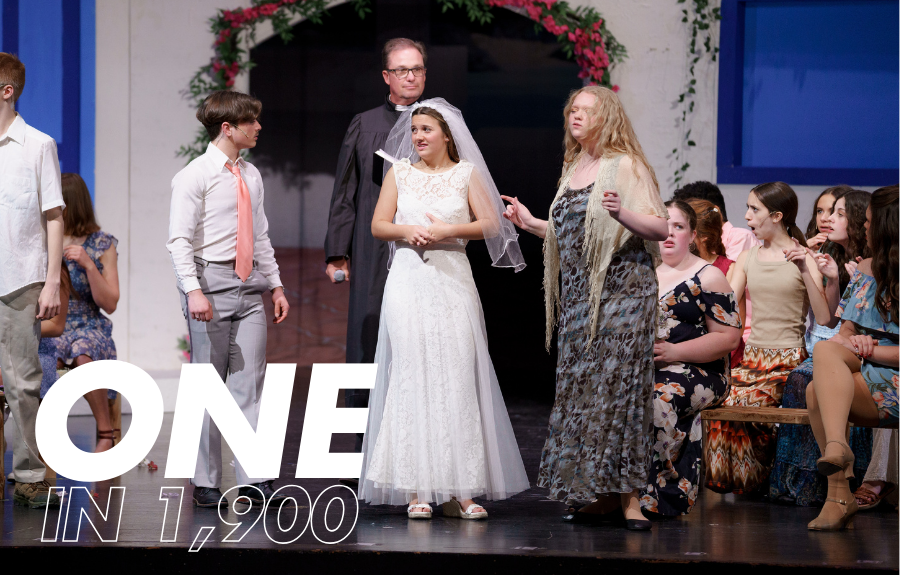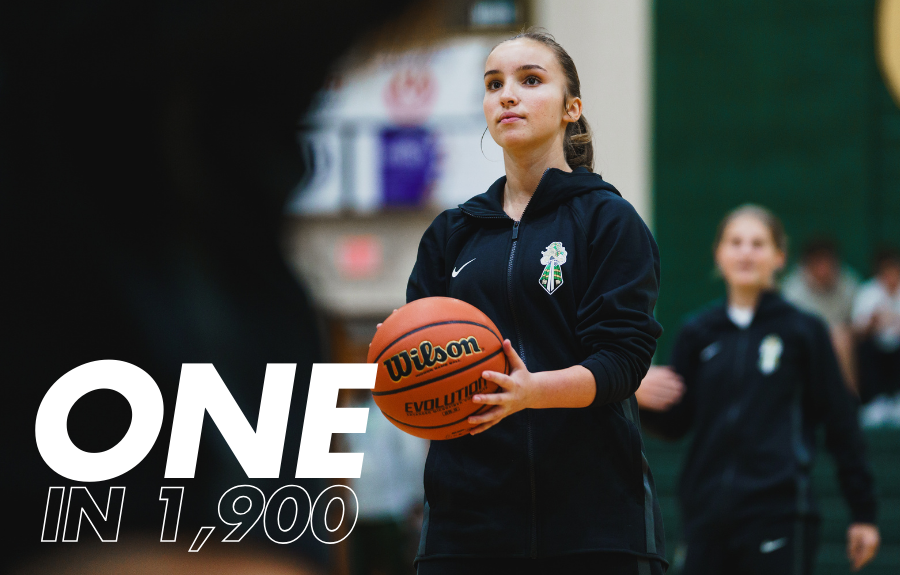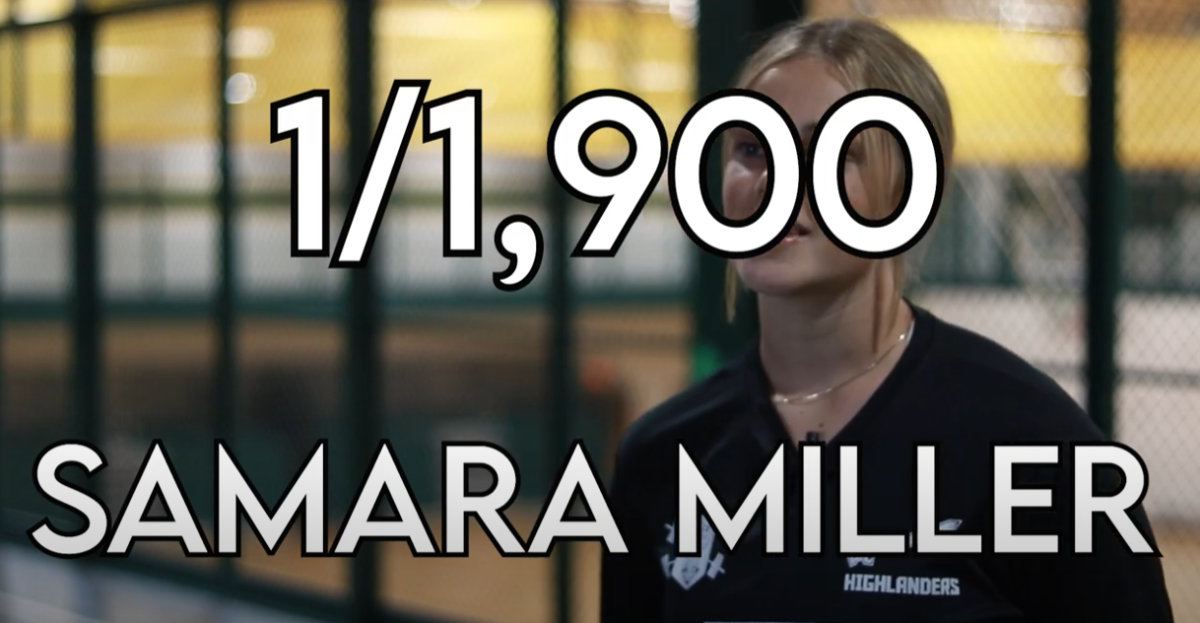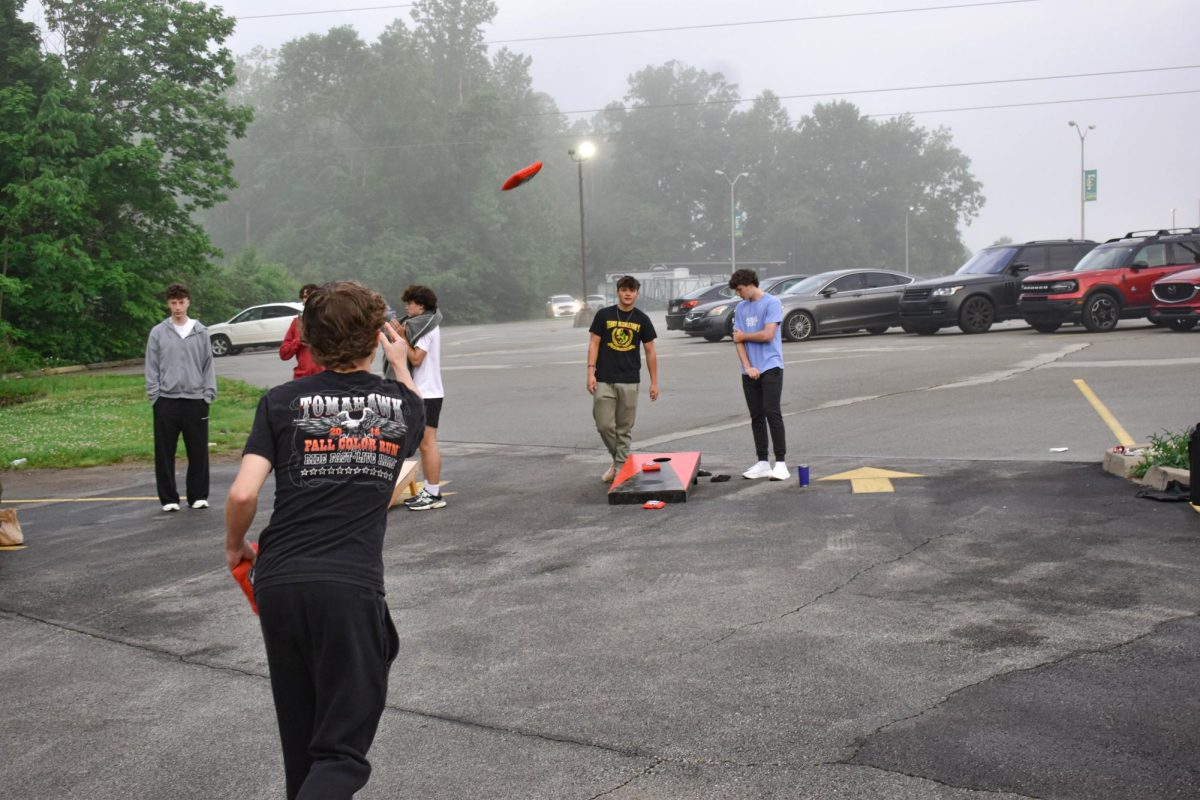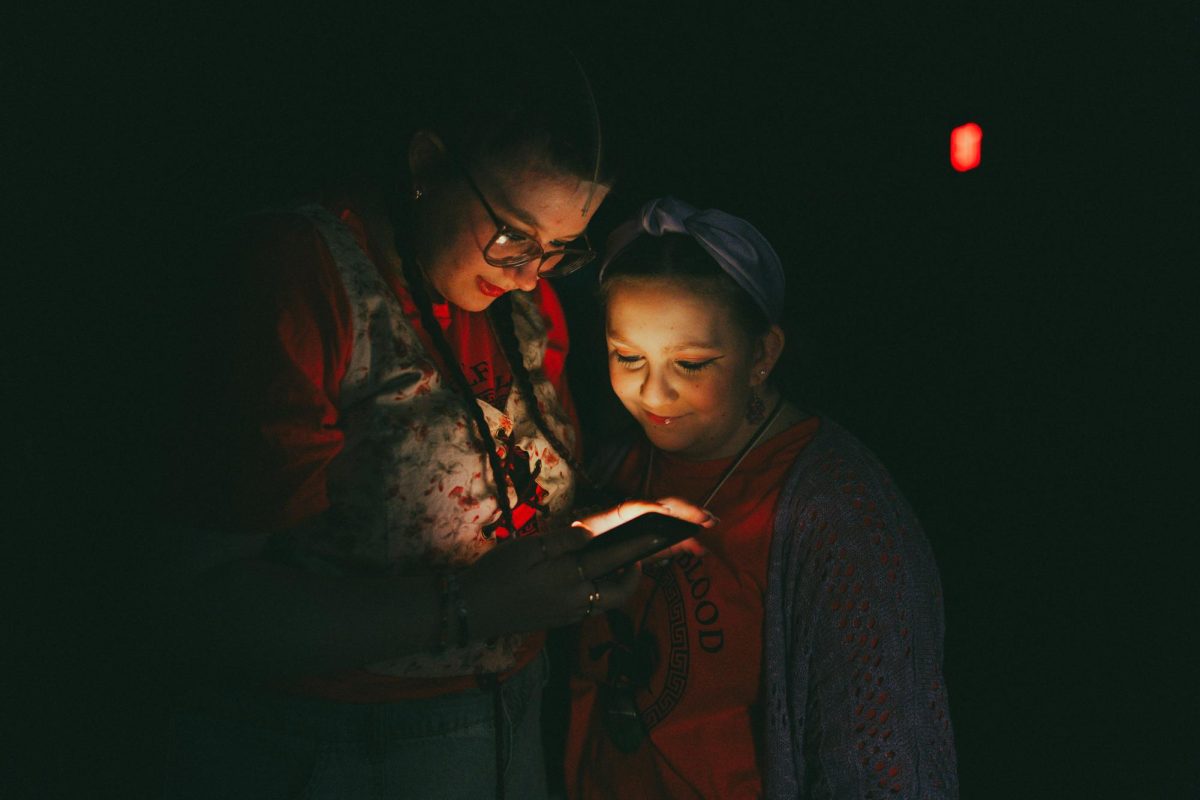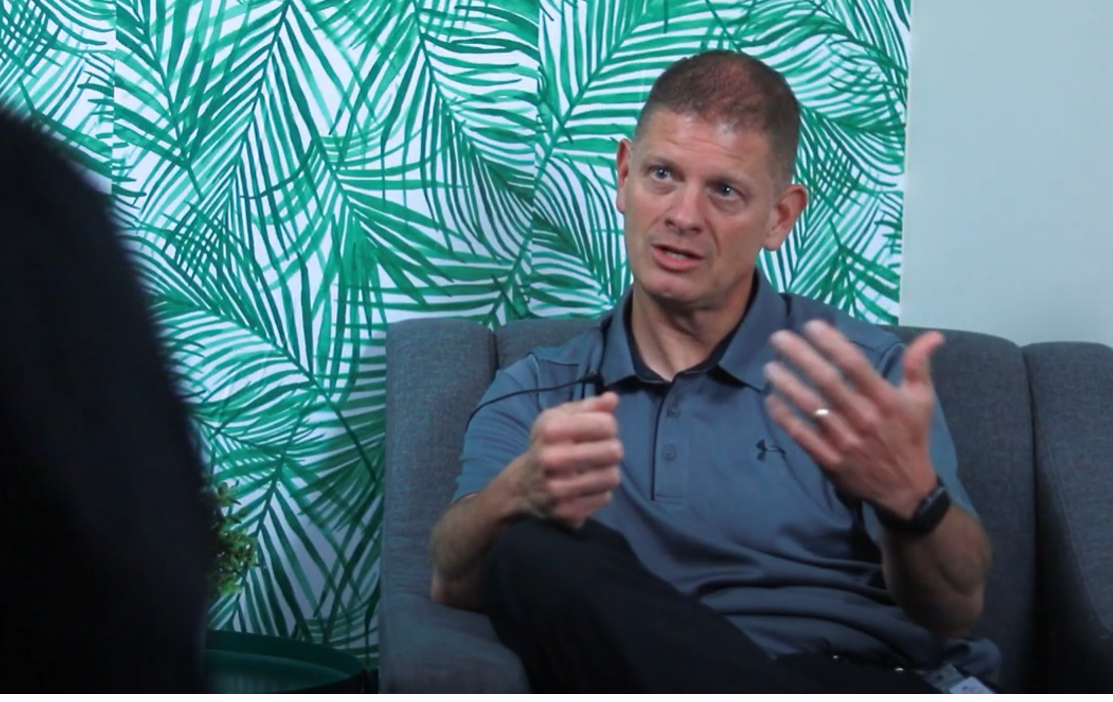As the sun begins to be clouded and threats of snow storms start to occur, school districts prepare as the poor weather may prohibit students from attending school. While many students celebrate either their two-hour delays or days off, the question remains in the heads of many parents: should the school district prioritize using e-learning days or traditional snow days?
The solution is while we need a mix of both, virtual learning days need to be prioritized over traditional snow days.
Traditional snow days were the sole solution to dangerous weather before the pandemic. When roads became icy and unsafe, schools used to rely on only “snow days” and simply lost part of their spring break and potentially summer break.
Now, post-pandemic, school districts have the option to use two other methods to keep students and staff safe: asynchronous e-learning and synchronous e-learning.
These alternative options allow for teachers to continue teaching their lessons without unnecessary gaps that could lead to students needing a reteaching of the lesson.
Nathan M. Sorber’s article “Are Snow Days About to Get Buried by Remote Learning?” stated, “When schools close because of inclement weather, it affects students’ learning. For instance, research in Colorado, Maryland, and Virginia has shown that each additional inch of snow led to less continuity of learning, which in turn made it less likely that elementary school students would pass math assessments.”
Realistically, if students have to be out of school for multiple days because of a snowstorm, they are not going to recall their previous lessons, especially for the older kids who have seven periods a day. Asynchronous days would allow for students to practice on assignments that review what they learned while synchronous would be preferable as teachers can teach the lesson more in-depth. This would create a continuum of progressive learning without damaging gaps.
However, as many students may not have internet access at home, especially after a storm, this could present issues with synchronous learning. The utilization of asynchronous days can be necessary for the students because it allows them to have three in-school days to work on their assignments. This means that kids could still get the experience of a snow day and complete their work another day.
On synchronous learning days when students have to attend live instruction, according to the NAFCS Winter Weather Guidelines, students who have no internet access go by the same rules as an asynchronous day and complete their assignments three days after returning to school.
Previously in September of 2024, NAFCs closed down schools for a day due to the inclement weather from Hurricane Helene. As many students had their chromebooks and staff had anticipated this decision, it was still chosen for it to be a traditional snow day. It could have been near perfect circumstances for a virtual learning day, especially since fall break was around the corner.
Whether it’s asynchronous or synchronous, virtual learning allows for the continuation of lessons that teachers can easily adjust to. With traditional snow days, many have to change their entire lesson plans as their dates for homework assignments or assessments are all delayed. NAFCs relying on traditional snow days is the past and after the pandemic, virtual learning offered a simple solution to these large gaps in schooling caused by poor weather.
The conditions outside are not always safe for students and it is inevitable that every school year, NAFCS has to call off school. However, there needs to be a priority for virtual learning over traditional snow days as it allows for a nearly normal schedule to be maintained in students’ education, therefore keeping students’ grades up.




